The RAC has called for tighter testing of emissions from car engines and on fuel economy claims following the scandal over Volkswagen’s attempt to cheat in US tests.
RAC chief engineer David Bizley said: “In light of the emissions tests revelations, car buyers need to be given absolute confidence in the emissions and fuel economy performance of their new vehicles. We believe this is best achieved through a more stringent laboratory test that is more representative of ‘real world’ driving.
“There has been much debate about the nature of tests but while on-road tests are often thought to be the answer, these would not be sufficiently repeatable or reproducible to ensure reliable results. A laboratory test has to be the main element of any approval process, but the test method needs to be more representative of real-world driving, with the caveat, of course, that it will never completely mirror a car being driven on a real road by different drivers.”
He said a new worldwide laboratory test – due to be implemented in Europe in 2017 – aims to address this by incorporating a wider range of vehicle operating conditions with four test modes of low, medium, high and extra high – or in real-world driving terms: urban, rural, motorway and autobahn.
He added: “This is a positive step as vehicles are known to emit more nitrogen oxides at higher speeds, and under heavier loads, which current tests do not take sufficient account of. It is also important to note that this may lead to vehicles being found to emit greater quantities of nitrogen oxides than current test results indicate.
“What is needed to ensure production vehicles meet the standards is a robust protocol involving not just a laboratory test but also an on-road ‘conformity’ test which cannot easily be identified by the vehicle’s software. This way vehicles found to have drastically differing results would be automatically identified and investigated.
“The combination of a lab test and an on-road test would also go a long way towards allaying motorists’ long-held concerns about manufacturer-claimed mpg figures being so much better than what they actually see on their dashboard computers while driving. This discrepancy is purely another aspect of the emissions problem as they are generated from the same test data. It is therefore no surprise real-world mpg figures are lower than those generated under laboratory test conditions.”





















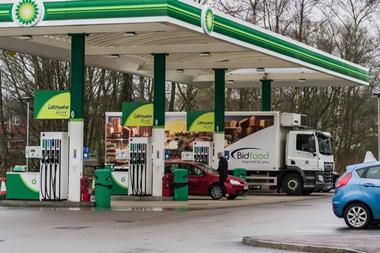
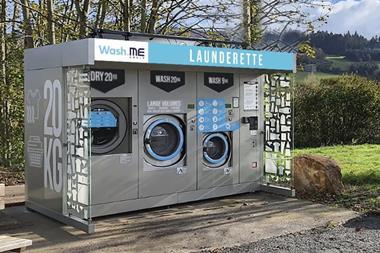

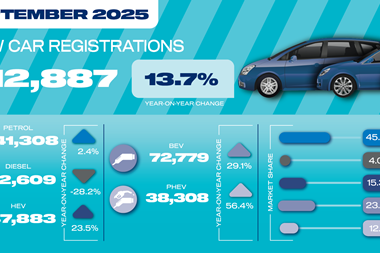
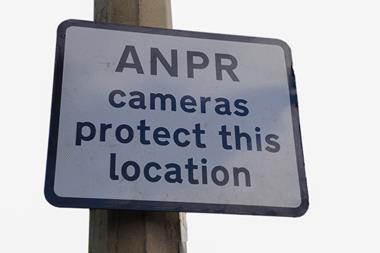
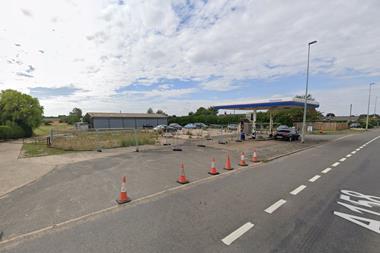




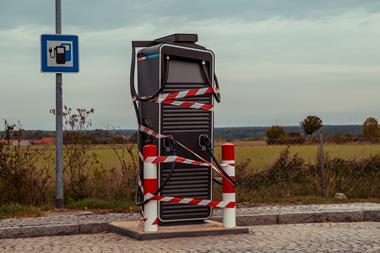

No comments yet